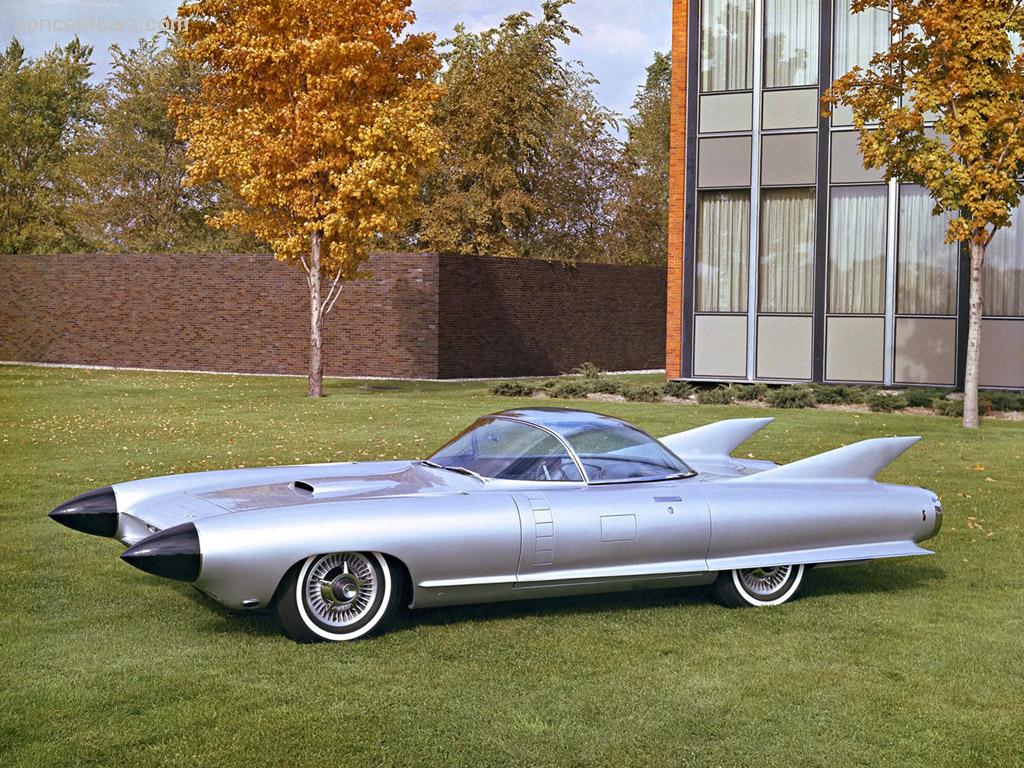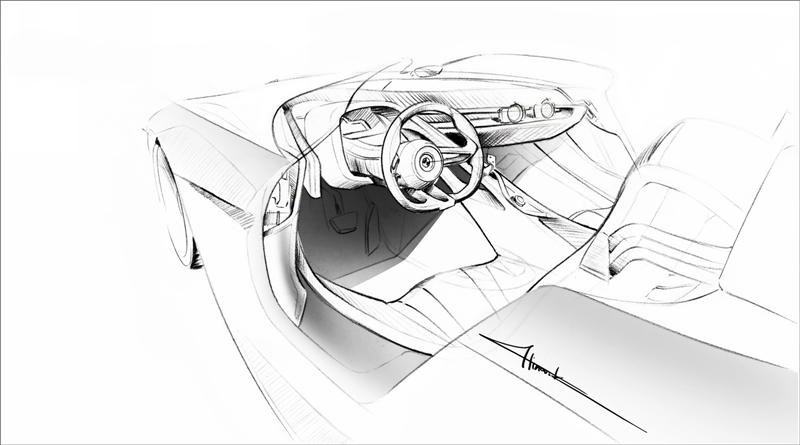Concept Cars Creation and Design Process
Manufacturers use concept cars to showcase new styling and technology, along with gauging customer reaction. These are known as show cars, production-intent vehicles, and prototype vehicles. They are often radical designs that employ non-traditional exotic or expensive materials. Concept designs are changed and finalized prior to entering production often due to practicality, regulatory compliance, unprofitability, and safety reasons. Most drawings, computer designs, and concept cars never evolve past scale models. Many are non-operational and without drivetrains or working accessories. If the concept is drivable, the drivetrain is often sourced from a production vehicle within the same company. After the concept car has served its purpose, they are usually destroyed.
Reasons For Destruction
- Liability - Manufacturers want to avoid damages and lawsuits that may arise from defects.
- Secrecy - To keep intellectual designs and property from being duplicated.
- Tax Purposes - taxes may be imposed on the value of the vehicle or based on costs involved in developing the concept.
- Storage - Descruction is cheaper than storing and preservation.
- Displayed in a Museum
- Sold at auction for charity
- Used in movies
Design Process
The design process of a new automotive design often varies between automakers and in many cases, left as a mystery. In most cases, it is a multi-year experience that typically takes two or three years to complete. The process begins with an idea sketched on paper. (this may be superseded by a business case and market survey to determine the viability and usefulness) From that point, the design is often changed and perfected throughout the process until it become a showroom-ready vehicle.
Typical steps from Idea to Concept
- Sketch on paper / Drawing / Rendering
- Computer Modeling / Clay
- Sketch on paper / Drawing / Rendering
- Computer and Clay Modeling
- Full Modeling - Interior modeling and sketching
- Model Approval
- Concept production begins
- Dashboard controls
- Colors and materials
Computer and Clay Modeling
The proportions are visualized by drawing and 'tape drawing' the silhouette of the proposed concept. This allows for the contours, silhouette and character to be seen on a 1:1 scale.
From this point, the 2-D renderings become three dimensional. Along with computer (CAD, 3D printing and Virtual 3D proportional model) renderings, small scale clay modeling begins. Typically two or three designs are created, with input from many individuals and departments modifying and changing designs. This phase allows for a mutual understanding of the proposed design and a visual representation of the vehicle's physical dimensions.
With multiple versions of the design concept to be considered, many options can be evaluated on the smaller scale before going full size. The competing exterior and interior designs foster creativity and ingenuity resulting in innovative design drafts and appealing proportions. After one or two designs has been chosen, full-sized clay model rendering begins.
The Details
After the Board of Management has selected its final design proposal, the precision work begins. The interior and exterior elements are fine-tuned and perfected. In similar fashion to the exterior, the interior has been through several revisions and considerations resulting in dimensions and layout that will fit with the overall concept. Materials, fabrics, plastics, colors, paint, trim and accessories are considered.
Testing of these various materials will help understand their ability to withstand environmental extremes. Direct sunlight, radical changes in temperature, and extensive use and abuse is evaluated to determine their feasibility and longevity.




